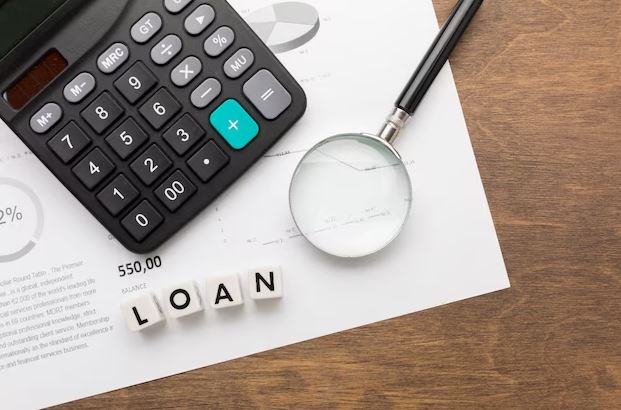If you’re in the market for a mortgage, you might have come across the term “piggyback loan.” What exactly is it, and how can it benefit you in your home-buying journey? In this article, we’ll break down the basics of piggyback loans, offering you a clear understanding of what they are and what you need to know before considering one.
What is a Piggyback Loan?
A piggyback loan is a type of secondary loan that is taken out alongside the primary mortgage. It’s designed to help borrowers with a smaller down payment, enabling them to purchase a home without having to put down the traditional 20% upfront. The piggyback loan structure typically involves two loans – the first mortgage covers 80% of the home’s value, and the piggyback loan covers the remaining amount, usually, 10% is the down payment made by the borrower.
Advantages of Piggyback Loans
- Avoiding Private Mortgage Insurance (PMI): One of the primary advantages of a piggyback loan is the ability to sidestep the need for private mortgage insurance. PMI is often required when a borrower puts down less than 20%, and it can add a significant cost to your monthly mortgage payment. With a piggyback loan, you can potentially save money by not having to pay for PMI.
- Smaller Down Payment: Piggyback loans open the door for homebuyers who may not have a substantial amount of cash for a down payment. Instead of struggling to come up with 20%, you can break it down into a more manageable 10% for the piggyback loan and 10% for the down payment on the primary mortgage.
- Potentially Lower Monthly Payments: By spreading the loan amount across two separate loans, borrowers may find that their monthly payments are more affordable. This flexibility can be especially beneficial for those who are looking to maximize their purchasing power while keeping their monthly budget in check.
Things to Consider Before Opting for a Piggyback Loan
- Interest Rates: It’s crucial to compare the interest rates on both the primary mortgage and the piggyback loan. The piggyback loan could have a lower down payment, but it might also have a higher interest rate, which would raise the cost of borrowing altogether.
- Qualification Criteria: Lenders may have specific requirements for borrowers seeking piggyback loans. Make sure you understand the eligibility criteria and have a clear picture of your financial situation before pursuing this option.
- Market Conditions: Keep an eye on current market conditions. Interest rates and housing market trends can influence the overall cost and feasibility of piggyback loans. Consulting with a financial advisor can help you navigate these considerations.
Conclusion
In summary, a piggyback loan can be a viable option for homebuyers looking to break free from the constraints of a hefty down payment. It offers a practical solution for those who may not have the means to put down 20% upfront. However, it’s essential to carefully weigh the pros and cons, considering factors such as interest rates, qualification criteria, and market conditions.
Before diving into the world of piggyback loans, take the time to research and consult with financial experts who can provide personalized advice based on your unique situation. By understanding the ins and outs of piggyback loans, you can make informed decisions that align with your financial goals and pave the way to homeownership.

